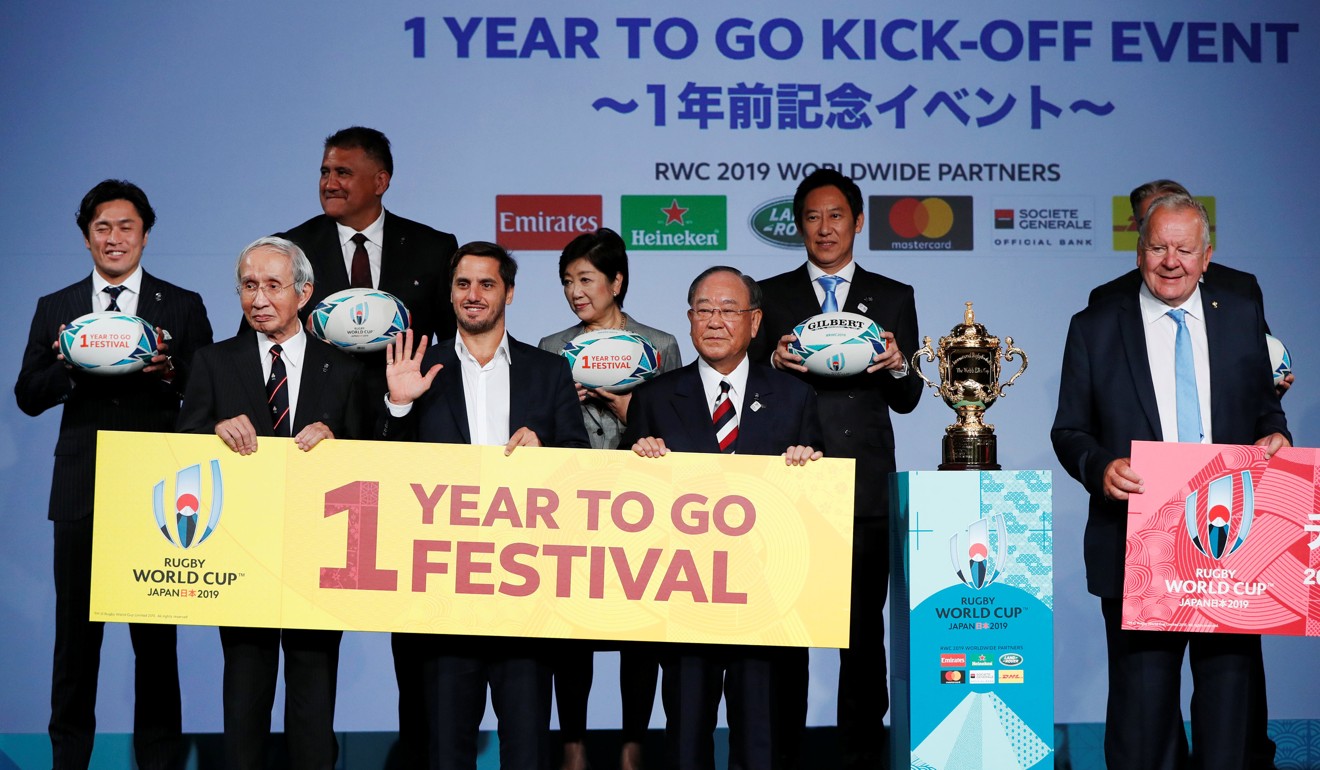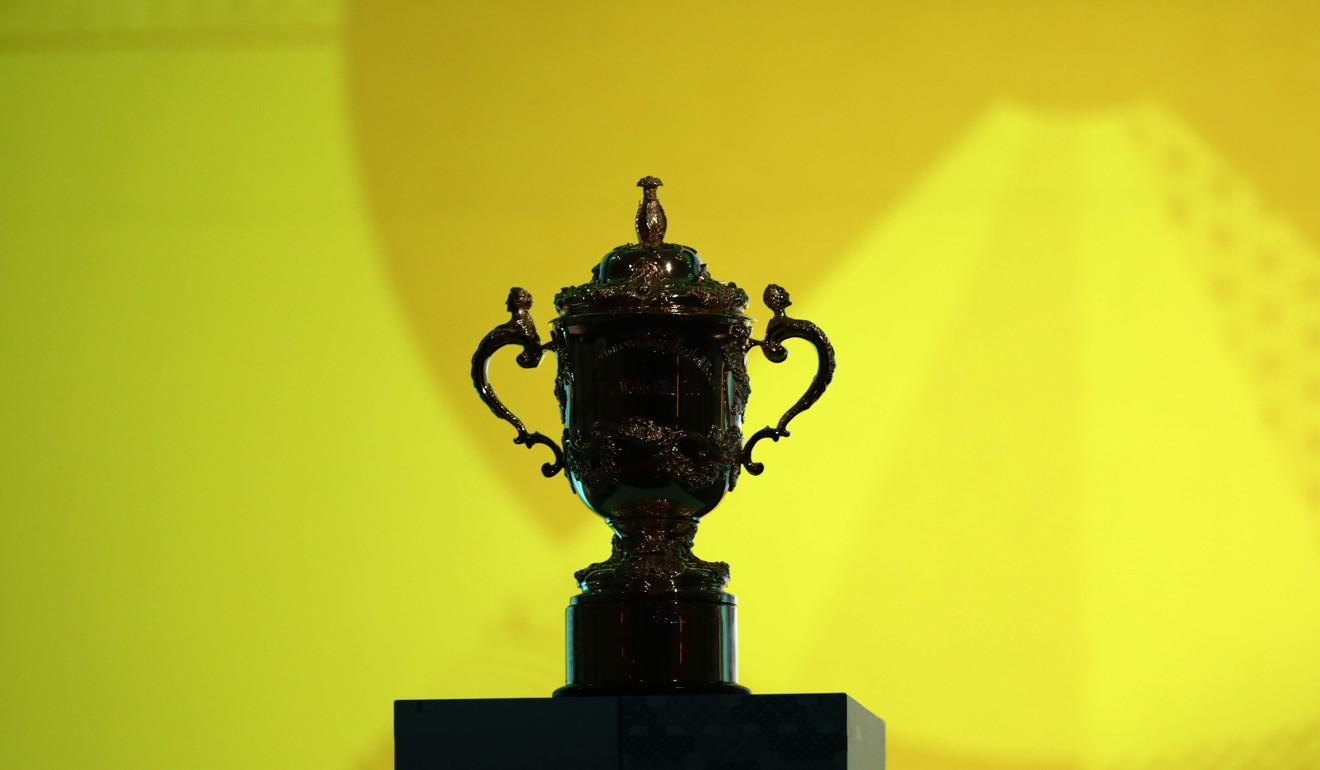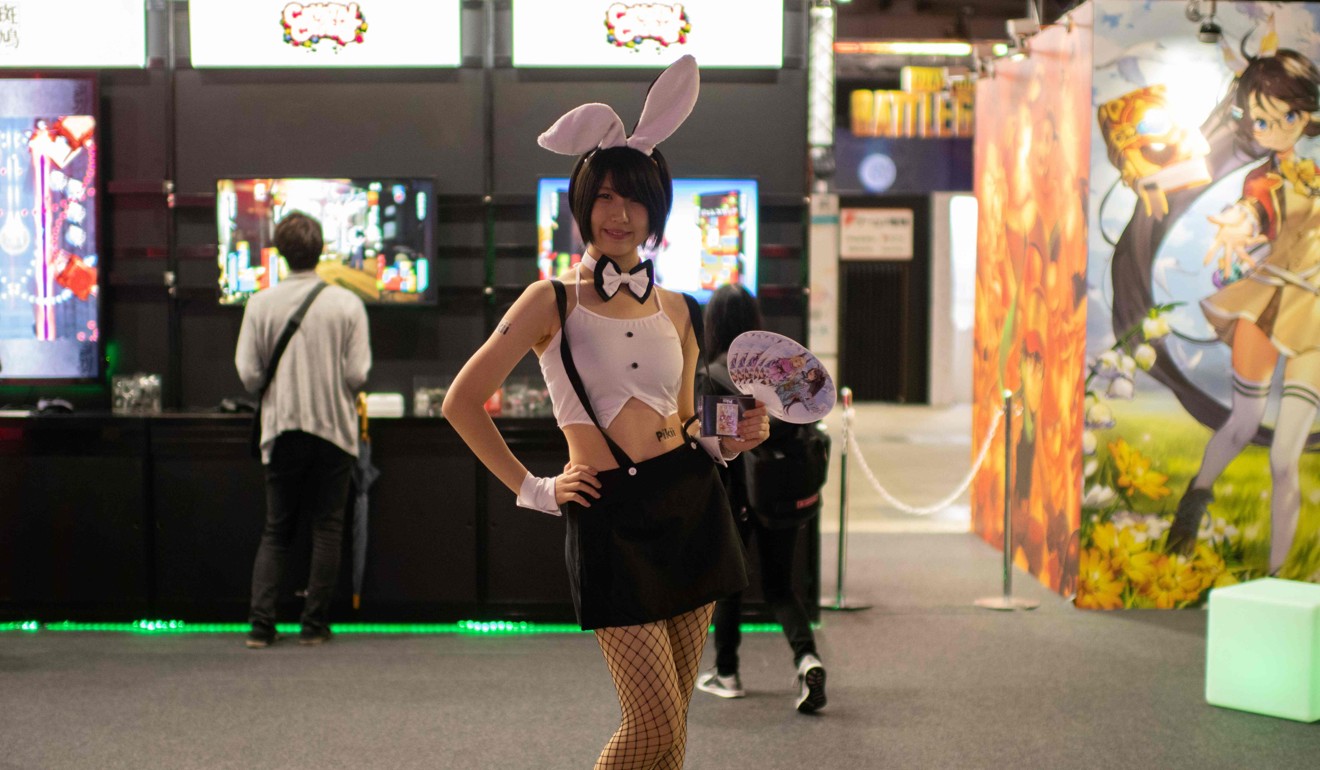
Rugby World Cup 2019: wake up Japan, ditch the protocols and let your hair down
One year out, organisers waste a glorious opportunity in a glorious locale by putting dynamic and vibrant Shibuya Crossing to sleep
Shibuya crossing is full on. The busiest and most famous intersection in the world, more than 1,000 people can move in every direction during a single traffic light change. There are few higher profile places in Japan, which is why Rugby World Cup organisers chose the massive video screens above the crossing to roll out their one-year countdown to next year’s big event.
Right on cue at 7pm, the screens come alive flashing the logo of the 2019 World Cup followed by a couple of minutes of intense dramatic action. Then, well, I don’t mean to tell anyone how to sell in a world stuck in clickbait hell, but when you rent possibly the most expensive video screens on the planet for 30 minutes and use almost all of it on static shots of VIPs, politicians and officials cutting ribbons and answering questions, the word impact does not jump to mind.
No matter what is on the menu, face will be served first in Asia. It brings back far too many memories of sports gathering all over the continent where the first 20 pages of event programmes are full of pictures and bios of largely nameless officials.

This one hurts a little more, though, because it reeks of wasted opportunity. This is Japan, the neon capital of the world, home to dynamic anime and the type of quirky in-your-face graphic visualisation that the rest of the world is enamoured with.
And this is Tokyo, one of the most vibrant and incandescent cities in the universe.
And this is Shibuya crossing, immortalised in films like The Fast and Furious: Tokyo Drift and Lost in Translation.
The intersection, the city and the country are so inherently electric and yet all of that was neutered for the sake of protocol.
You don’t have to run a top flight marketing research firm to understand that while this somnolent episode may have appeased the gathered dignitaries hiding under umbrellas, it did absolutely nothing to make the thousands in the street look up.
You now have less than one year to create a buzz, people, and in a market and a demographic that is ravenous for stimuli, a sanitised and inoffensive version of Japan is just not going to cut it.
The competition on the pitch will take care of itself, these are fantastic athletes. It’s the surrounding spectacle that needs to be much more engrossing because not only are you selling rugby to Japan, you are selling Japan to rugby.
Asia is coming to Japan regardless. In 2017, tourists from China, Taiwan and Hong Kong made up half of the 27 million-odd visitors to Japan.
Combine Korea at 25 per cent with the other parts of Asia and the continent makes up for 87 per cent of visitors. That leaves the rest of the world at 13 per cent.
Enter the 2019 Rugby World Cup which organisers hope will provide an influx of 400,000 to 500,000 visitors from the “rest of the world”.
Presumably, most will come from the rugby hotbeds of Australia, New Zealand and the UK. They love the game, that’s why they are coming.

The Japanese are nice, helpful and happy. The food is tasty and the culture, yeah kind of quirky.The culture is riveting and uniquely fascinating, but for “the rest of the world” coming it depends on whether you are allowed to see it.
Eighteen years ago Major League Baseball made a big deal out of opening its regular season in Japan with two games between the New York Mets and the Chicago Cubs. Mets manager Bobby Valentine had managed in Japan a few years earlier and assured one and all they were in for a treat from the lively Japanese baseball crowd and their organised revelry with bands and raucous cheering sections.
“Never a dull moment,” he claimed. Until the games started and the crowd basically sat on their hands for the entirety because local baseball officials thought all that noise would be disrespectful to the visitors.

The Japanese talk about being able to “read the air” – ba no kuuki wo yomu in the local lexicon – and it refers to being able to figure out what is going on and fitting in. Foreigners are greatly appreciated when they pay heed to this and that’s why World Rugby has instructed their legions of tattooed players to cover up in public because tattoos in Japan are associated with the notorious yakuza.
It’s time for the local sporting officials to read the air as well and understand that visitors are coming for the entire experience. Be yourself, be Japan.

